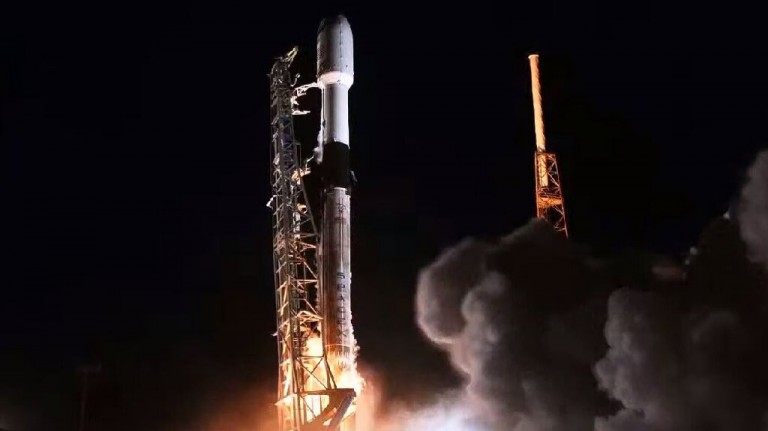SpaceX successfully launched another 60 Starlink satellites into orbit on Monday evening. With 180 satellites (plus two prototypes launched two years ago) now orbiting the planet, SpaceX operates the largest commercial satellite constellation.
What happened: A Falcon 9 rocket delivered 60 more Starlink satellites into a 180-mile altitude orbit. They’ll eventually move up to a 340-mile altitude. The company landed the first-stage booster (the vehicle’s fourth flight and landing) on its Atlantic Ocean drone ship, but failed in its attempt to catch a payload fairing half (which costs roughly $3 million).
Starlink, star bright: SpaceX’s constellation puts it ahead of Planet’s 150-strong remote sensing satellite network, but the achievement is not an unmixed triumph. The company has come under major heat in the last year for charges that its Starlink network disturbs astronomical observations of the night sky. One satellite in the latest batch will test out a new dark coating that could remedy this problem, but it remains to be seen whether this will work.
Moreover, Starlink’s growing network is exacerbating concerns about space traffic, especially with at least three satellites going offline and one experiencing a near miss with an ESA weather satellite.
Next: SpaceX intends to expand the constellation to 12,000 satellites, and perhaps up to a whopping 42,000. It aims to launch 60 Starlink satellites every two weeks from now on.

